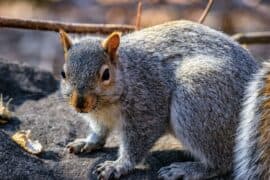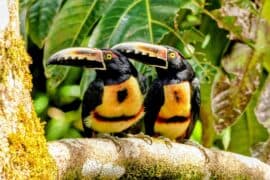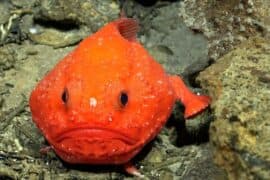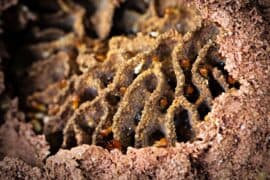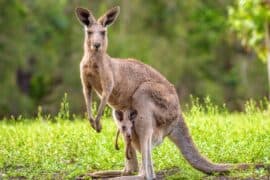Nine-spotted ladybug
(Coccinella novemnotata)
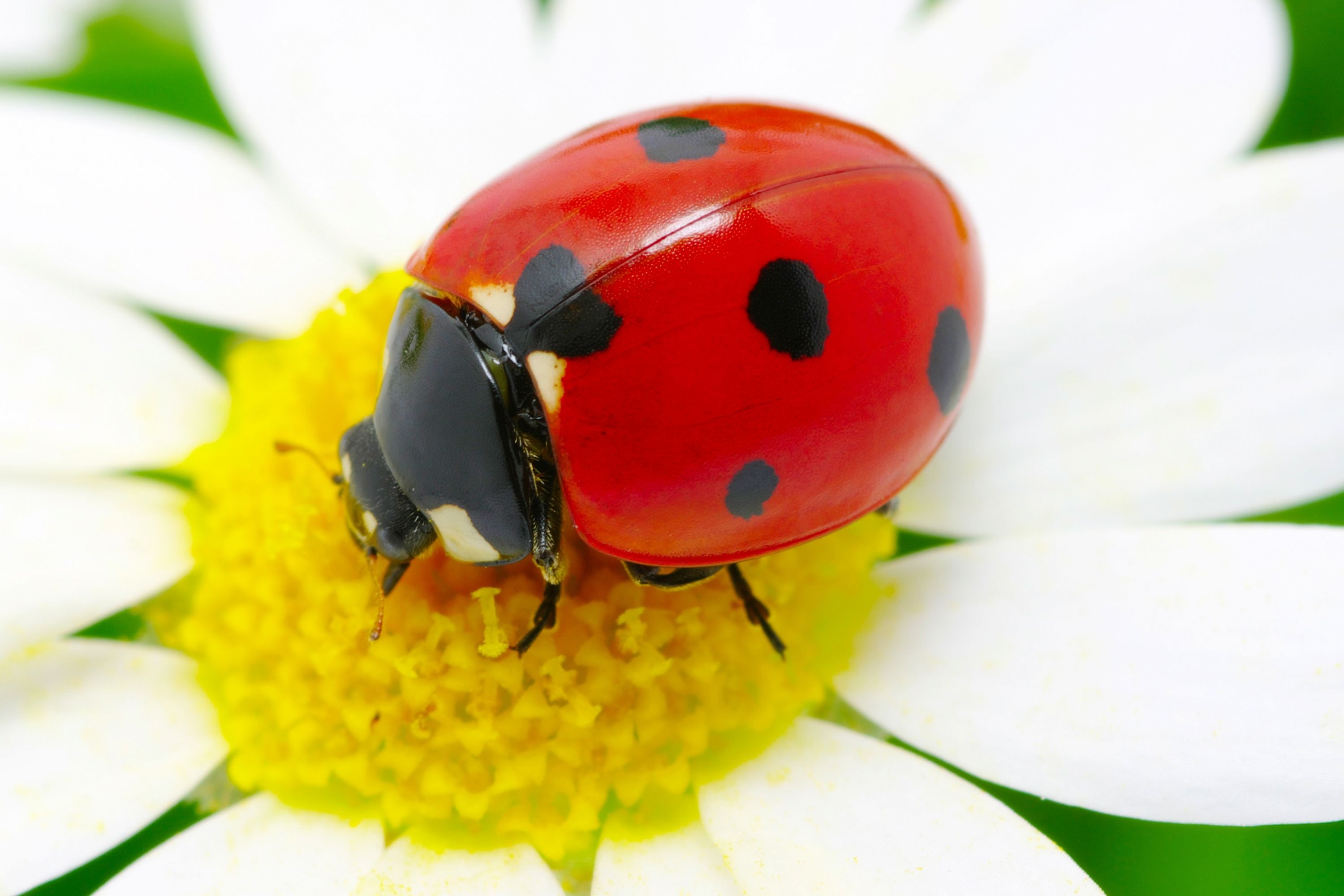
Description
Coccinella novemnotata, commonly known as the nine-spotted ladybug, is a charismatic and beloved insect found in various regions of North America. Known for its vibrant coloration and distinct spots, this ladybug species holds a special place in the hearts of both entomologists and nature enthusiasts. In this article, we delve into the intricate details of Coccinella novemnotata, exploring its taxonomy, morphology, life cycle, habitat, and conservation status. Taxonomy Coccinella novemnotata belongs to the Animalia kingdom, Phylum Arthropoda, Class Insecta, Order Coleoptera, Family Coccinellidae, and Genus Coccinella. The species name, novemnotata, is derived from the Latin words "novem" meaning "nine" and "notata" meaning "spotted," referring to the characteristic nine black spots on its elytra. Morphology The nine-spotted ladybug has a distinctive appearance that sets it apart from other ladybug species. Adults typically measure about 5-8 millimeters in length. Their domed bodies are adorned with bright red elytra, which serve as protective coverings for their fragile wings. The elytra are punctuated with nine black spots, arranged in a distinct pattern. However, some individuals may exhibit variations, including reduced or fused spots, making accurate identification crucial. Life Cycle Coccinella novemnotata undergoes a complete metamorphosis, progressing through four distinct stages: egg, larva, pupa, and adult. Females lay yellow eggs, typically in clusters, on the undersides of leaves close to aphid-infested plants, their primary source of food. The larval stage follows, during which the immature ladybugs display a distinctive elongated and spiky appearance, with black and orange markings. Larvae voraciously feed on aphids and other soft-bodied insects, consuming large numbers during their development. After reaching full size, larvae enter the pupal stage, during which they undergo a remarkable transformation within a cocoon-like structure. Inside the pupal case, the body undergoes metamorphosis, gradually transforming into an adult ladybug. Finally, the adult emerges from the pupal case, sporting the iconic red and black coloration. The entire life cycle of Coccinella novemnotata spans approximately one month, although variations can occur due to environmental conditions. Habitat and Distribution Historically, the nine-spotted ladybug thrived across North America, inhabiting a range of ecosystems, including grasslands, forests, meadows, and agricultural landscapes. However, significant declines in its population have been observed over the past few decades, leading to its classification as an endangered species. Today, the species' distribution is fragmented, with limited populations found primarily in the northeastern United States and parts of Canada. Conservation Status The conservation status of Coccinella novemnotata is a cause for concern among scientists and conservationists. The once-abundant species has experienced a dramatic decline, primarily due to habitat loss, pesticide use, competition from non-native ladybug species, and other factors. Efforts are underway to monitor and protect the remaining populations, including habitat restoration initiatives, captive breeding programs, and public awareness campaigns. Conservation organizations and researchers collaborate to study the ecological needs of Coccinella novemnotata and develop strategies for its conservation. Citizen science initiatives, such as the Lost Ladybug Project, actively involve the public in monitoring and recording sightings of this endangered species, aiding in data collection and raising awareness. Conclusion Coccinella novemnotata, the nine-spotted ladybug, stands as a testament to the delicate balance of nature and the importance of conservation efforts. Once a common sight across North America, this charismatic insect has faced significant challenges, pushing it to the brink of extinction. The loss of the nine-spotted ladybug would not only be a loss of biodiversity but also a loss of a valuable predator that helps control aphid populations, contributing to the overall health of ecosystems. The conservation of Coccinella novemnotata requires a multifaceted approach that addresses habitat preservation, reduction of pesticide use, and public awareness. Protecting and restoring suitable habitats, such as meadows, grasslands, and forests, is crucial for providing the necessary resources for the species to thrive. Additionally, adopting sustainable agricultural practices that minimize pesticide use and promote biological pest control can contribute to the recovery of this iconic ladybug. Public engagement and education play a pivotal role in the conservation of Coccinella novemnotata. By increasing awareness about the species' plight, fostering citizen science initiatives, and encouraging responsible gardening practices, individuals can actively contribute to the preservation of this endangered ladybug. Collaboration between scientists, conservation organizations, policymakers, and the general public is vital to ensuring the long-term survival of Coccinella novemnotata and other threatened species. As we strive to protect and conserve the nine-spotted ladybug, we are not only preserving a unique and beautiful insect but also safeguarding the intricate web of life in which it plays a vital role. By working together, we can make a difference and ensure that future generations have the opportunity to witness the vibrant presence of Coccinella novemnotata and appreciate the beauty and importance of our natural world.
Taxonomic tree:



